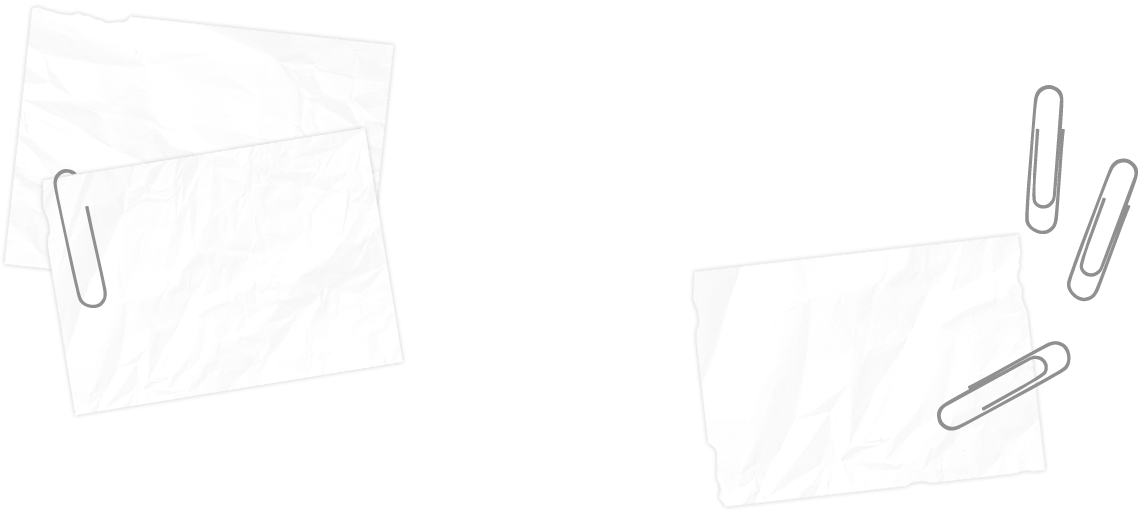
Citizens Leadership
Academy


“Science is a profession that requires you to think about it a lot, to do more work beyond just what you do during the day. You have to be constantly challenging yourself in order to be good at your job."
- Angela Ting
Cancer Statistics
-
1.6 million new cancer cases diagnosed last year in the United States
-
585,720 cancer deaths last year in the U.S.
-
67,000 new cancer cases last year in Ohio
Dr. Angela Ting
Cancer Research Scientist at the Cleveland Clinic
by Nikija Dickerson, crew 4
Can cancer be cured? Because of Dr. Angela Ting, 35, the cure is one step closer. Dr. Ting is a researcher at the Lerner Research Institute at the Cleveland Clinic, and she is working every day to find a cure for cancer.
In her lab, Dr. Ting is looking for a way to cure cancer so fewer people will have to suffer from it. For 30 years, researchers have known that regular cells and cancer cells look different, but they haven’t been able to closely study the epigenetic differences at a genome-level. Ting’s lab developed technology to allow cancer researchers to look for one specific epigenetic modification in a very convenient and cost-effective way. This has led to breakthroughs in cancer research. “They have a map for colon cancer and prostate cancer,” said Ting.
In addition to her work in the lab, Dr. Ting’s job comprises three parts. The first part of the job is working with her students and post-doctoral fellows in her lab. “The four of us have a lot of very stimulating discussions, different perspective on topics,” she described. Her second job is to write grants, submit them, and wait to see if they are selected for funding. Although grant writing can be a lot of work, Ting said she likes. “The writing itself is enjoyable. It's a chance for me to think about our ideas and pick the one that is the most well developed,” said Ting. The third part of her job is giving presentations about her work to her classmates, teachers, professors, and to complete strangers. Presenting on her work has allowed Ting to change from the shy girl she used to be. “Giving presentations helped me to overcome my shyness,” Ting said.
Dr. Ting’s work is inspired by her high-school biology teacher and her college professors at the University of British Columbia in Vancouver, Canada. “They made the topic exciting and fun for me to learn,” she said. She is also inspired by patients at the Cleveland Clinic. “They reminded me that we still have much to do in order to eliminate suffering from these diseases,’’ Ting explained. Lastly, her husband inspires her. He is a urological surgeon at the Cleveland Clinic, and is currently completing a fellowship at Stanford. “He shares with me his vision of hoping to reduce suffering or eliminating suffering completely for patients he sees,” she said.
Even though Dr. Ting is an amazing researcher now, she struggled when she moved to Canada from Taiwan as a teenager. She had to learn a second language when she moved to Canada, “a country that spoke a language that was completely foreign to me,” said Ting. She carried a dictionary with her so she would be able to ask for directions or ask for things that she wanted.
Ting gives good advice, such as what she would give to herself and others. “Always give myself a chance to experience new things,” expressed Dr. Ting. “It really is the only way to build new friendships, to incorporate new thinking into how I see the world.”
